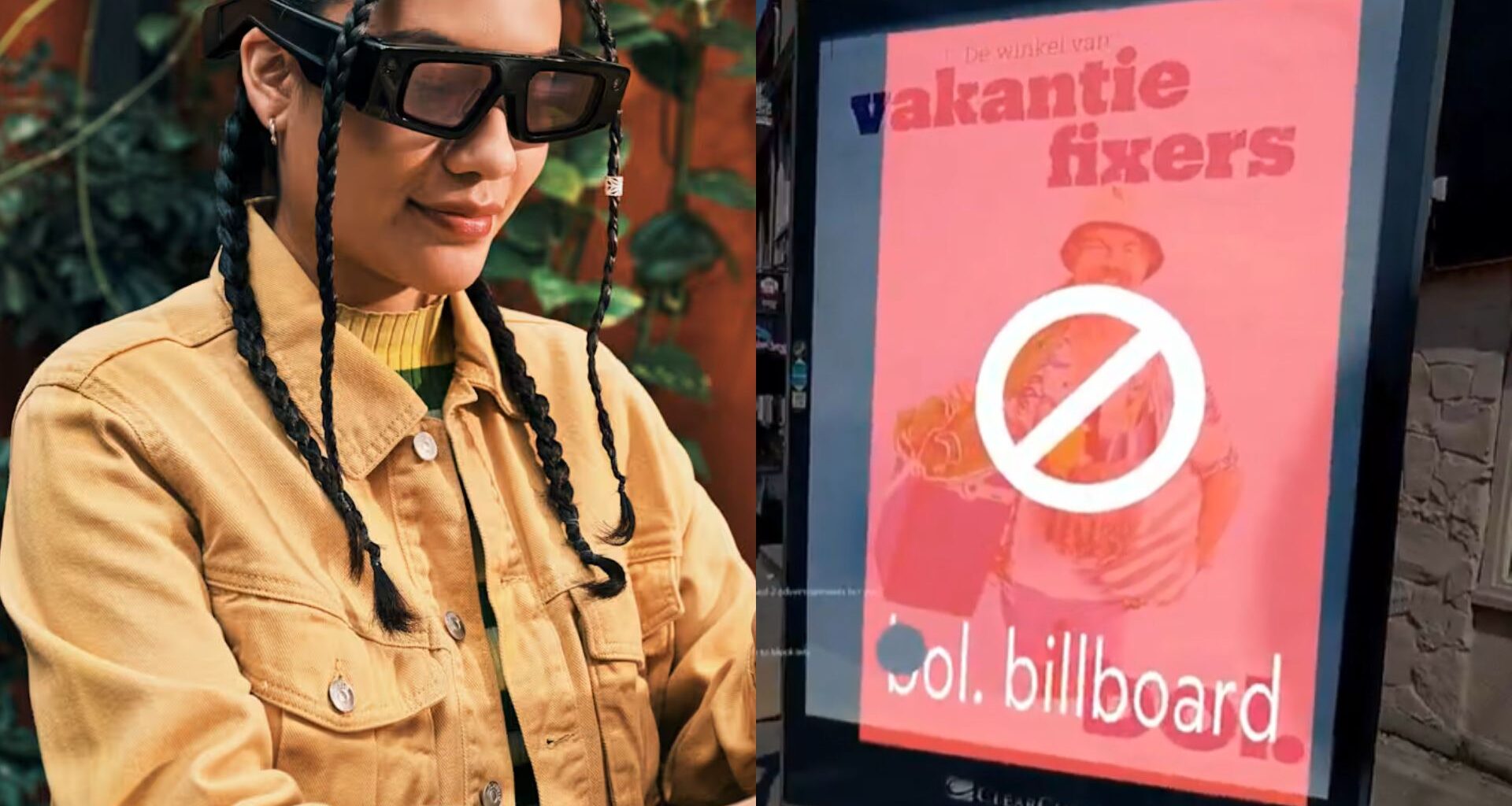Built for Snap’s fifth-generation AR glasses (Snap Spectacles), the prototype uses Google’s Gemini AI to identify branded content and instantly mask it.
Instead of the original imagery, the app places a bright red square over the detected ad.
These red blocks also name the hidden brand, like “Bol. billboard,” turning ad removal into a kind of real-time brand callout.
“It’s exciting to imagine a future where you control the physical content you see,” Spanhove posted on X (formerly Twitter). In follow-up replies, he hinted at additional features, including options to replace the red square with personal photos or text from a notes app. Check it out below –
🚫🕶️ I’ve been building an XR app for a real-world ad blocker using Snap @Spectacles. It uses Gemini to detect and block ads in the environment.
It’s still early and experimental, but it’s exciting to imagine a future where you control the physical content you see. pic.twitter.com/ySkFfF6rxS
The app relies on Snap’s Depth Cache API to register objects in 3D space and maintain spatial consistency as the user moves.
Gemini, Google’s generative AI model, identifies the ads themselves, whether on large posters, newspaper pages, or food packaging.
This allows the blocker to function beyond obvious signage. In demo clips shared by Spanhove, it successfully covers ads on cereal boxes, magazines, and public signage, though not without a delay of a second or two.
The red overlays appear to float stably, following head movements and perspective shifts with accuracy.
Still, it’s early days. Spanhove describes the software as “experimental,” and the user experience reflects that.
Because Snap Spectacles use transparent displays, the overlays can’t fully block light, so the original ad sometimes faintly shows through.
Also, the Spectacles’ narrow 46-degree field of view limits coverage to only what’s directly ahead.
